For over twenty years, American Rivers has produced their annual list of the most endangered rivers in our country. The list is the product of a partnership between American Rivers and grassroots river conservationists who work to identify rivers with high natural and cultural value that face significant threats, especially those which have major decisions pending where public input has the ability to help decide the river's fate. That last part is one that American Rivers takes care to stress, noting that the report is not a list of the nation’s worst or most polluted rivers, but a list of rivers confronted by critical decisions that will determine their future. In addition to simply identifying these rivers, the report also provides information on alternatives and action plans that can help mitigate or solve the issues facing each body of water.
Many of the rivers on this year's list are of particular importance to anglers. Especially prominent are rivers that are crucial to the West's struggling wild steelhead and salmon populations. Washington's Skyomish and Green-Toutle and California's Bear River all make appearances.
The Bear River, one of the great rivers of the Sierra Nevada, comes in at #2 on the list thanks to the looming decision on whether to build the Nevada Irrigation District's (NID) proposed 275-foot tall Centennial Dam on one of the Bear's last free-flowing reaches. If built, Centennial Dam would become the Bear's 9th dam, and the latest in what many regard as the largely futile effort to feed California's insatiable water supply demands. But, according to American Rivers, the dam is a "19th century solution to the 21st century challenge of climate change," adding that the NID "must involve the community in future water planning, rather than pursuing an expensive, risky and unnecessary dam project at the expense of local communities and ecosystems. NID should work with the community and river advocates to pursue common-sense water conservation measures and alternatives that promote resilience to climate change without destroying invaluable natural, cultural and recreation resources. A new dam should be the last alternative considered, not the first."

Also included on this year's list is the Menominee River, which flows through Michigan and Wisconsin, and offers some of the nation's finest smallmouth fishing. In fact, according to author and Wisconsin native Tom Davis, "over the past 15 years or so the Menominee has established a reputation as one of the two or three best smallmouth rivers on the planet." Yet Michigan's Department of Environmental Equality is considering issuing the final required permit for the Black Forty Project, an open pit sulfide mine, to a foreign (Canadian) mining company. The mine site is adjacent to the Menominee River, near the town of Stephenson, Michigan. This mine would use cyanide to extract and process ore and would discharge its wastewater into the Menominee River.

Arkansas' Buffalo River, which was the subject of both this article published last autumn by Hatch Magazine and the documentary Downstream People, also made the report due to the massive threats it faces from industrial hog farming. Describing the problem last year, Johnny Carrol Sain wrote that "less than 10 miles from the confluence of Big Creek and the Buffalo, an industrial hog farm spreads manure on pastureland underlain with porous limestone. A limestone foundation, also known as Karst topography, is why the Ozarks are what they are. It’s why the hills are known for caves, sinkholes and limpid water. Its presence guarantees that any liquid poured on the ground will end up in the groundwater and in the creeks. And it’s the reason that Newton County is the poorest of locations for an industrial hog farm. But that didn’t stop the construction of said farm. And, for various complex cultural reasons as well a simple economic reasons, the people of Mt. Judea and all of Newton County were little detriment either."
Of course, the 2017 report isn't limited to rivers of particular importance to anglers, and neither should our concerns and activism be. Other rivers from across the country facing similar serious and pressing challenges find their way onto this year's report, which is unsurprisingly topped by the long-tortured Colorado. As noted, each of these rivers face pressing decisions that will decide their fate and each needs voices of support adding to the chorus of their defense.
To view the full report and learn how to take action, visit American Rivers.





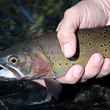






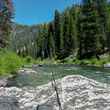





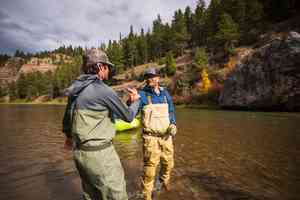


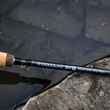





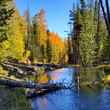




Comments
Thomas Doyle replied on Permalink
Unless there's a march on Washington it will be hard to stop many of the activities that will be detrimental to these rivers. My congressman believes that he must do everything that Mr. Trump and the Republican leaders put before him. Dumping hazardous waste into rivers is just crazy. The arsenic will end up in the drinking water of everyone that relies on well water. Eventually the arsenic will end up in water treatment plants. If ends up in the cities it might make a difference. Maybe if Rick Snyder, the head of the Michigan DEQ, and Mr. Pruitt were all forced to take a big drink of the water from the Menominee they would change their minds.
They want a sulphur mine tell them to dig one in Canada.
Pages